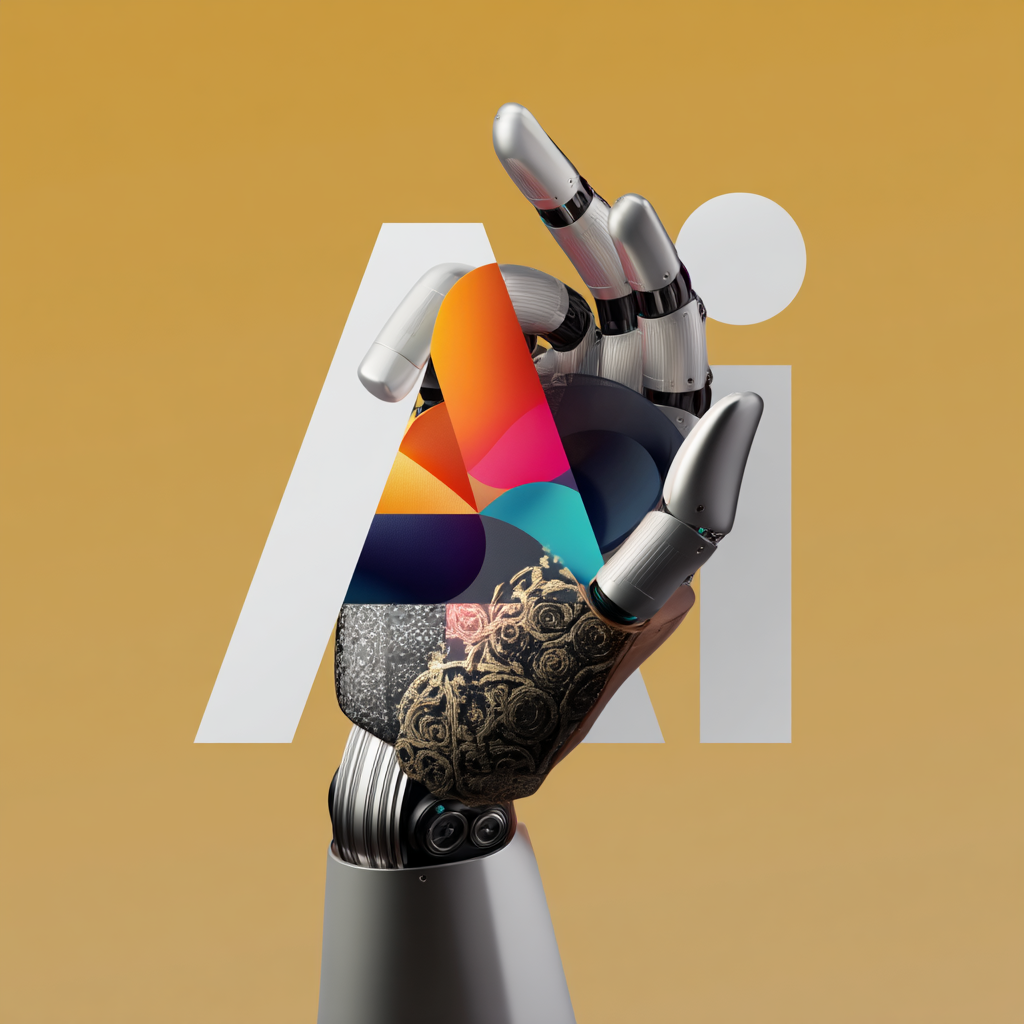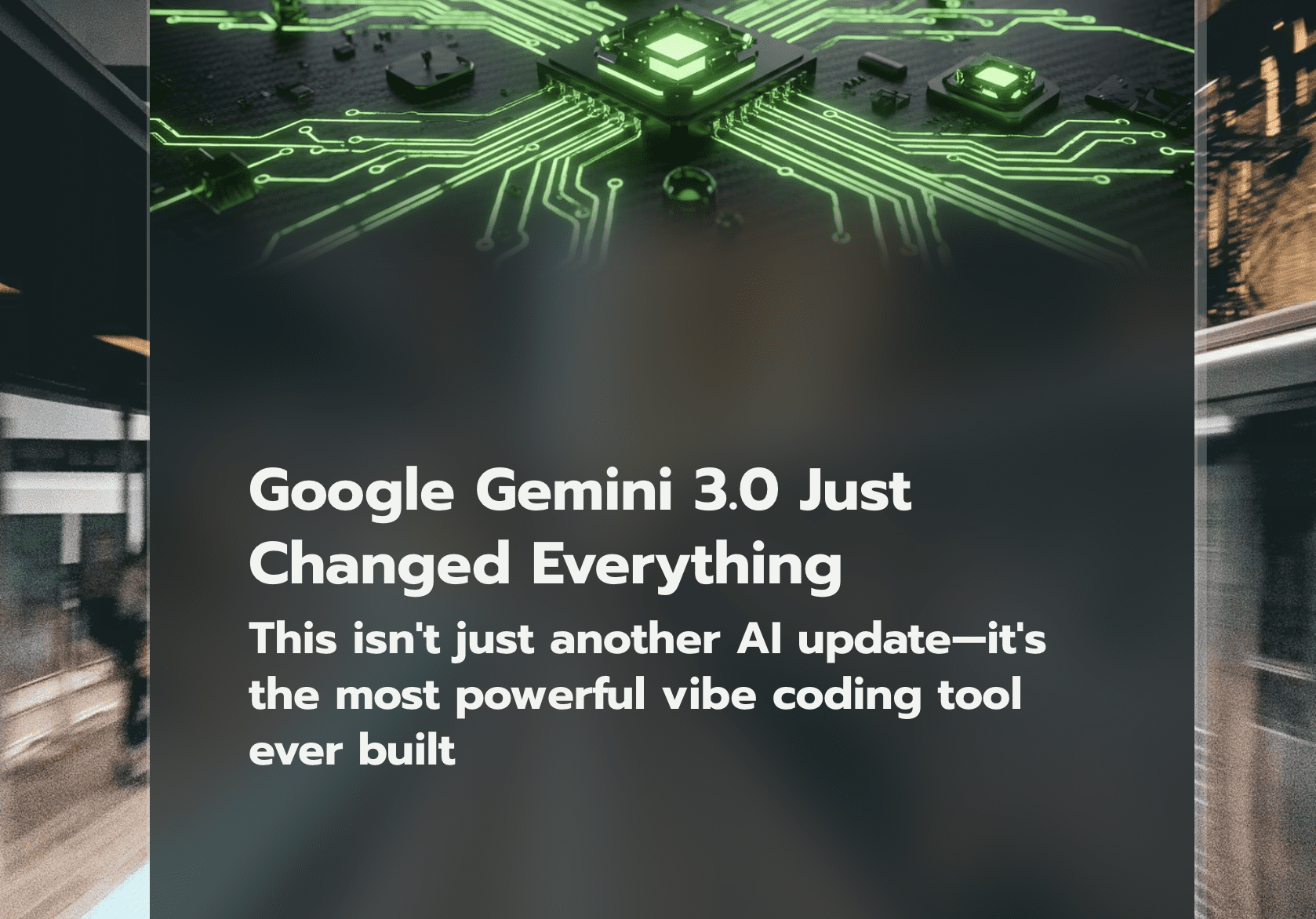TL;DR:
AI-powered content engines are transforming marketing from a manual, campaign-based process into a self-sustaining ecosystem. By integrating automation platforms like Make.com with tools such as ChatGPT, Perplexity, and Buffer, marketers can now create, publish, and promote content at scale — with human creativity still guiding the system. The new challenge isn’t writing faster; it’s designing smarter engines that can evolve with audiences and algorithms alike.
What Exactly Is an AI-Powered Content Engine?
Here’s what matters most: AI-powered content engines aren’t just tools — they’re marketing operating systems. Instead of writing a single blog post or scheduling one campaign, marketers now orchestrate workflows that ideate, research, write, design, and publish automatically across multiple platforms.
In the YouTube explainer that inspired this article, the creator walks through a system built using Make.com, ChatGPT API, Perplexity AI, and Buffer. Together, these tools perform what used to take entire content teams:
- Topic Randomization: The engine starts by generating fresh, audience-aligned topics — from “customer engagement strategies” to “growth analytics for startups.”
- Research Automation: Perplexity AI pulls real-time data and references, ensuring each article includes relevant statistics beyond 2021.
- Content Generation: ChatGPT 4.0 drafts long-form articles, headlines, intros, and pull quotes based on defined prompts.
- Creative Assets: DALL·E 3 creates matching images in predefined editorial styles.
- Formatting & Publishing: The system formats posts in HTML, uploads them to Medium, and schedules social posts through Buffer.
The result? A continuous stream of publish-ready content — what we now call an AI-powered content engine.
But here’s the real breakthrough: the creator doesn’t stop at automation. They use a formatter AI editor to refine and validate the article before it goes live, ensuring quality, coherence, and voice. The system doesn’t replace the marketer; it amplifies them.
As Ogilvy’s Adaptive GTM framework would put it, this is “marketing as an ongoing team sport.” Instead of one-off campaigns, we’re building adaptive systems that evolve with markets, platforms, and algorithms.
Why Marketers Are Moving From “Content Creation” to “Content Systems”
“Inbound marketing” once meant a calendar of blog posts and emails. But according to Geeky Tech’s B2B Inbound Marketing Guide, the modern buyer’s journey is fluid — buyers bounce between awareness, consideration, and decision stages at their own pace. Traditional content planning can’t keep up with that velocity.
That’s why automation matters. With an AI content engine, marketers can:
- Match pace with demand: Instead of planning quarterly, engines create continuously.
- Scale personalization: Each output can be adapted for tone, industry, or persona without starting from scratch.
- Maintain consistency: Centralized prompts ensure every post, email, or social snippet reflects your brand’s tone and strategy.
- Integrate measurement loops: Each publish triggers analytics collection, feeding insights back into the system for smarter next runs.
In practice, these systems combine AI-driven ideation with human editorial control, allowing teams to focus on strategic oversight — not production bottlenecks.
The LinkedIn B2B Benchmark 2024 Report found that 72% of B2B CMOs are re-organizing their teams around automation, AI literacy, and agility. These marketers are not chasing “content velocity” alone; they’re building content intelligence — the ability to adapt messaging in real time based on performance and audience signals.
Here’s the shift in mindset:
Yesterday: “We need to publish more.”
Today: “We need to design a machine that knows what to publish, when, and why.”
This echoes Marketo’s Marketing 2025 forecast, where machine learning and analytics top the list of future skills — replacing lead generation as a core KPI. The data doesn’t lie: marketing’s value in 2025 isn’t about manual output but systemic intelligence.

How to Build an AI Content Engine That Actually Works
Here’s the truth — there’s no universal blueprint, but there are three pillars that separate high-performing AI engines from generic automation workflows:
1. Integrated Intelligence
Use APIs to connect research (Perplexity), generation (ChatGPT), and scheduling (Buffer or HubSpot). Think of it as a neural network: the more your systems “talk” to each other, the smarter the outputs become. Make.com or Zapier act as the connective tissue.
2. Editorial Governance
Even the most advanced engines need oversight. Set rules for:
- Tone, brand voice, and compliance
- Fact-checking and citation (using E-E-A-T principles)
- AI hallucination reviews before publication
According to SEO in 2025: Adapting Content for AI Snippets, Google’s ranking now heavily favors verified expertise — content authored or reviewed by identifiable humans with credentials. This means your AI engine must include human validation layers — not just for accuracy, but for trust.
3. Structured Data and Schema Integration
Make your content machine-readable. Embedding schema markup (Article, FAQPage, Person, Organization) ensures AI engines like ChatGPT and Perplexity can understand, cite, and surface your work.
For instance:
{
"@context": "https://schema.org",
"@type": "Article",
"headline": "How AI-Powered Content Engines Are Rewriting the Rules of Marketing",
"author": {"@type": "Person", "name": "Your Name"},
"about": "AI-powered content engines, automation, Make.com, ChatGPT",
"publisher": {"@type": "Organization", "name": "Your Agency"}
}
This not only improves SEO but also ensures your brand is discoverable in AI-generated summaries.
In short:
AI content engines are not just automation systems — they’re adaptive marketing ecosystems.
FAQs (Snippet Section)
Q: Can AI content engines replace content teams?
Not yet — and likely not ever. They replace tasks, not talent. Humans still lead strategy, creativity, and judgment.
Q: How do you measure ROI?
Track engagement, conversion, and brand visibility across zero-click platforms like ChatGPT and Google AI Overviews.
Q: What’s the biggest mistake marketers make?
Treating automation as a shortcut instead of a structure. AI engines require maintenance, iteration, and training.
In Short:
AI-powered content engines represent a paradigm shift — from creating content to engineering communication systems. They combine automation, data, and human creativity to deliver always-on marketing.
If 2020s marketing was about speed, 2026 marketing is about scalability with intelligence.
Want to future-proof your content strategy? Start by mapping your workflow, then automate a single step — not the whole process. Build intelligence gradually. The smartest systems don’t start big; they start learning.









One response to “How AI-Powered Content Engines Are Rewriting the Rules of Marketing”
[…] How AI-Powered Content Engines Are Rewriting the Rules of Marketing […]
[…] For even deeper alignment between campaigns and content velocity, refer to How AI-Powered Content Engines Are Rewriting the Rules of Marketing. […]